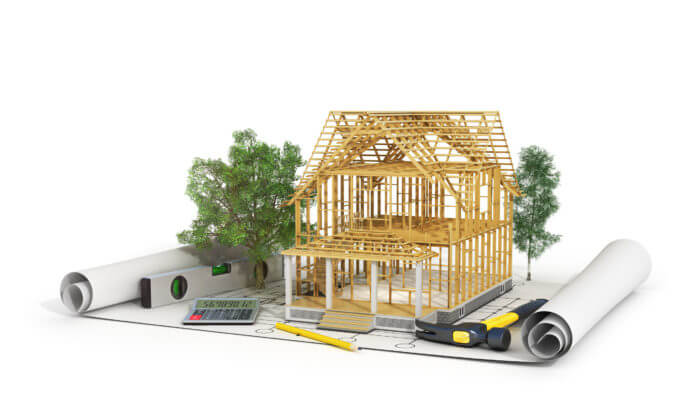by constructaquote - 22 June 2016


The way we construct buildings is changing. As technology, resources and manufacturing processes evolve and conform to new pressures from government, environmental lobbyists and a housing shortage, those in construction are being forced to adapt.
Likely to increase in popularity as time goes on, Modern Methods of Construction (MMC) is a term (loosely) describing a selection of building techniques that differ from the traditional block and brick, which have been developed in response to certain industry demands.
What are the methods?
The majority of MMCs involve off-site manufacture which contains many advantages. Construction used to be one of the rare industries that produced everything where it was needed i.e.-on- site. This method relies heavily on good weather, the skills of the construction workers and can involve a lot of waste.
With an industrialised method that prefabricates in a factory, it is possible to attain a high level of precision and the opportunity to re-use any waste (whatever the weather).
There is also more incentive with an industrialised approach to reduce waste, as when you have suppliers, a price has been agreed beforehand that includes the cost of materials.
New methods can compensate for the much publicised skills shortage, resulting in part from under investment in training, by encouraging use of direct over contracted labour, as the majority of work in factories is the former.
According to ‘A Guide to Modern Methods of Construction’, key modern methods include:
‘Volumetric construction: Three-dimensional units produced in a factory, fully fitted out before being transported to site and stacked onto prepared foundations to form the dwellings[ can reduce the on-site build time significantly].
Panellised construction systems: Flat panel units built in a factory and transported to site for assembly into a three-dimensional structure or to fit within an existing structure.
The buzzword eco-innovation demonstrates how the environment is a key driver for change. Urban mining is just one example of this, meaning: to re-use and recycle building materials from demolished buildings, tips and landfills. It is increasingly being taken seriously by the industry for its green principles and money-saving potential.
Similar to this initiative is the emphasis on renovation rather than building from scratch, including renovating even the most unlikely buildings. For example, the prestigious award from the Royal Institute of British Architects included the renovation of a dilapidated 1960s council block of flats that was known for drug and crime problems. The renovation, 1 of 6 finalists up for the Stirling Prize, was praised for it’s “imaginative regeneration… and the bold reuse of a listed building.”
The developments can certainly be unexpected and it seems demand for the right skills mean those in the construction industry must keep up, training themselves in MMCs to prepare for the future.
How many of these techniques did you know about and do you already use them? Let us know in the comments section below.

by Charlotte Houghton - 7 October 2020
by constructaquote - 6 October 2020
by Charlotte Houghton - 29 September 2020
by Charlotte Houghton - 24 September 2020